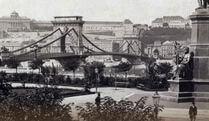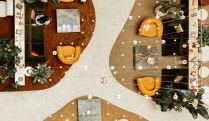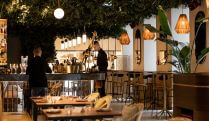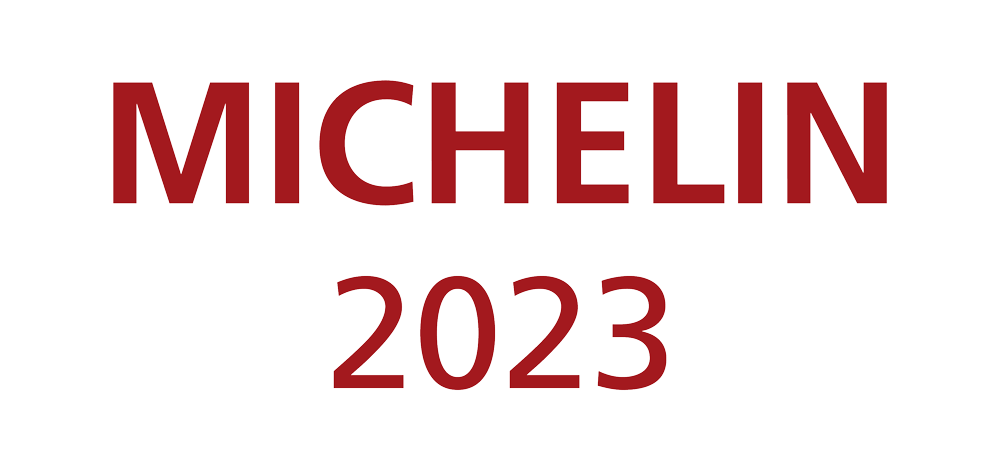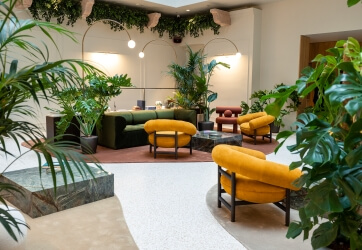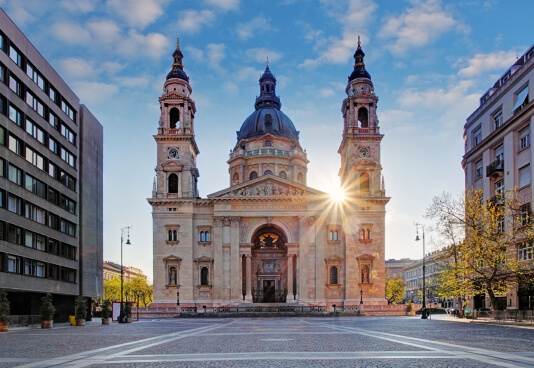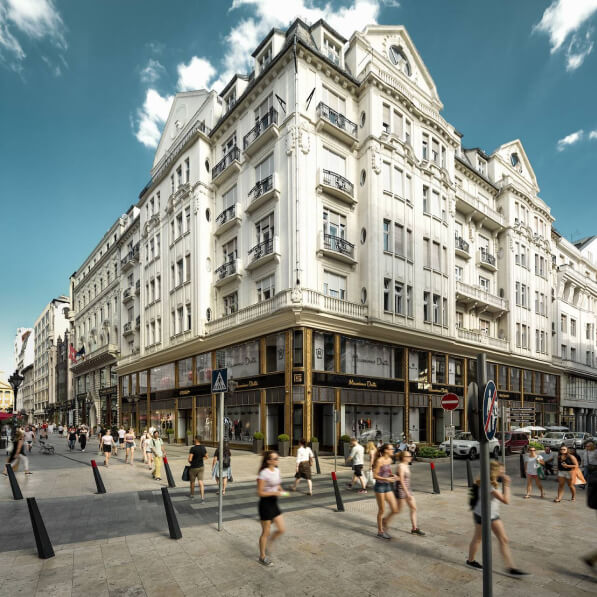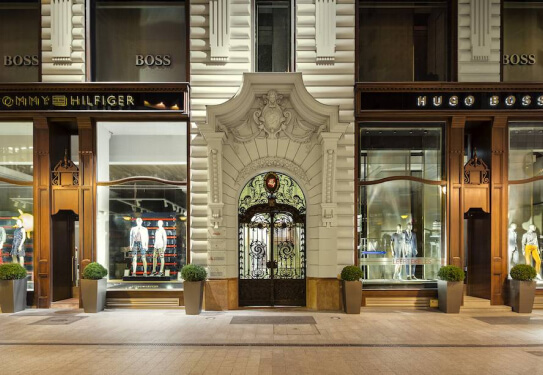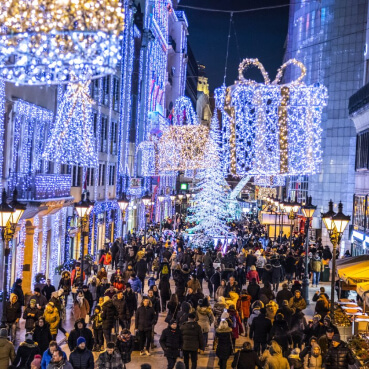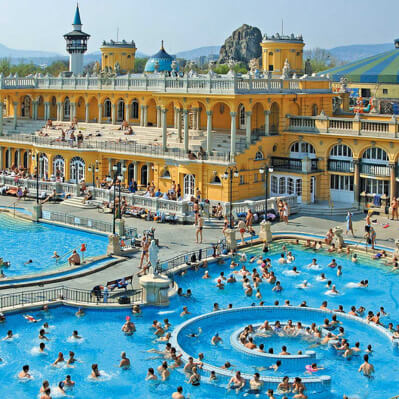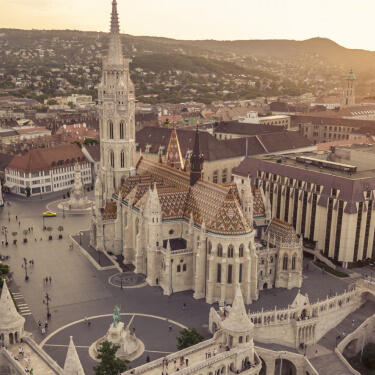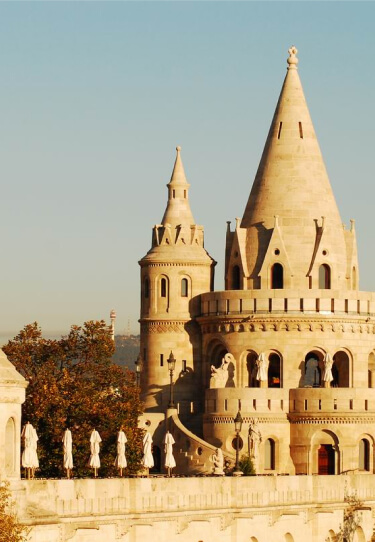Historical Budapest
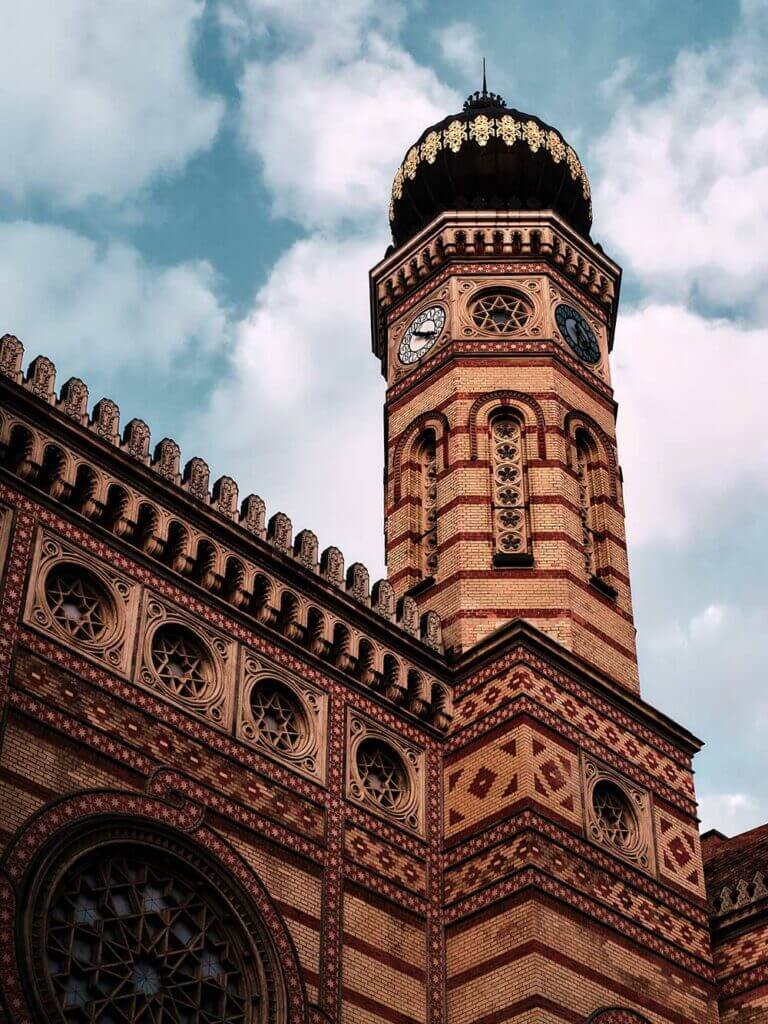
Aquincum: If you are interested in Roman relics, visit Óbuda, where a special district commemorates the time when Roman soldiers and citizens inhabited the area, leaving behind a wealth of ancient artefacts..
Buda Castle: With its beautiful panorama and Renaissance buildings, the Buda Castle was the seat of Hungarian rulers from the 13th century. Just as it was then a venue for balls and soirees, today it is one of the main centres of cultural life. Moreover, it has been awareded as one of the UNESCO World Heritage sights in 1987. If you are here, don’t miss Budapest’s Trevi Fountain, the Mátyás Fountain!
Dohány street Synagogue: Budapest has always been a major centre of Jewish culture and is home to the world’s second largest synagogue: a prayer house, exhibition space and museum. At the traditional entrance to the Jewish quarter, Dohány Street was the boundary of the Jewish ghetto during World War II.
National Museum: Hungary’s largest museum awaits those interested in Hungarian culture and history with a huge collection of archaeological, historical and ethnographic artworks. The Museum Garden is a popular recreational park for the people of Budapest, especially for students.
Fisherman’s Bastion: The Fisherman’s Bastion originally served a defensive function. It takes its name from the Fishing Town underneath the bastion – the fishermen who traded there were also its defenders when needed. The site is part of UNESCO World Heritage since 1987. The 140-metre-long façade offers stunning views of the city. Adjacent to the Fishermen’s Bastion is the Matthias Church, which has been the venue of several royal weddings and three coronations.
House of Terror Museum: On the site of the former headquarters of the communist secret police, a shocking exhibition allows you to take a closer look at the dark periods of Hungarian history.
Heroes’ square: one of the major squares in Budapest, noted for its iconic Millennium Monument with statues featuring the Seven chieftains of the Hungarians and other important Hungarian national leaders. The square is surrounded on two sides by the Neo-Renaissance buildings of the Museum of Fine Arts and the Palace of Art. The square is also the gateway to the City Park, one of the world’s first public parks, which provides opportunity to feel close to nature in the heart of the city.
Parliament: This imposing work of art took 17 years to build and until today it is the third largest parliament building in the world and second in Europe. During the construction an important stipulation was that only and exclusively Hungarian materials could be used in the construction of the Hungarian Parliament, with the involvement of Hungarian craftsmen and manufacturers. As well as the magnificent building, the changing of the guard is also a real spectacle.
Széchenyi Chain Bridge: Budapest’s first permanent bridge on the Danube, connecting Buda and Pest since the 19th century. The most famous legend surrounding the bridge is linked to the huge lion statues at both sides. It was long rumoured that the creator of the lions forgot to carve a tongue for the animals. But is the legend true?
Andrássy avenue: Running from Heroes’ Square along a section of downtown Budapest: the more than 2 kilometres of road are lined with sophisticated buildings, boutiques of international fashion brands and Hungarian designers, and numerous museums. No wonder that it is known as the Champs-Elysées of Budapest.


